|
The yellow post-it note on my mirror this week says "just because it's hard is not a valid excuse". We are six weeks into my latest recovery. Overall, the recovery from the back-to-back surgeries I had in December has been one of the easiest we've had to date. I was strong, I bounced back pretty quickly, and my wounds sealed up beautifully. But the past two weeks have been pure hell.
Why is that? Who knows. ...Because it's brain surgery? ...Because I had two brain surgeries in less than a week? ...Because I had a seizure in recovery and they put me on medication that makes me feel terrible? ...Because I'm just exhausted from pushing so hard? ...Because (contrary to popular belief) I am NOT Superwoman? Yes. All of that. It's really hard not to dwell on the fact that something might be wrong. It's almost impossible to be in this much continuous pain so soon after surgery, and not wonder if this revision is not going to hold for longer than a couple of months. But ultimately, I have no control over any of that. Sometimes all you can do is just get through the shit, one day at a time. Sometimes, one hour at a time. You just have to trust what you know, and stay the course. I've been working, and this week I was able to get to work every day. I've been putting in my rehabilitation time, and this week I made it to the gym twice. I'm resting when I need to rest, eating the best I can, and doing everything I can to right the ship. And at the end of the day, that's all I can do. If I do everything I can, and my body still decides it doesn't want this shunt, I'll know I left nothing in the tank. Stay in the arena, my friends. Sometimes the arena is where the magic happens. #relentlesspursuit Am
6 Comments
This morning I woke up to an interesting milestone… 1,000 followers on Instagram.
In comparison to many of the fitness, golf, and nutrition IG accounts that I actively follow, 1,000 is a very small number, but for me, Instagram is where this public journey started. It’s never been about the number of people who are reading and watching my story from afar. I am humbled and inspired by all of the friends I have “met” online - so many beautiful, kind, brave souls. Some share similar health battles, and others have the same hobbies and interests - but they have simply reached out to connect, and the support I have received through the power of social media has been an unexpected and amazing blessing. Over the past couple of years, the most incredible friendships have formed with people I may never even meet in person, due to geographical distance. I wasn’t always open to sharing my life with the world. I was diagnosed with hydrocephalus at age 17, and lived with it for over a decade with almost no one other than my family and close friends knowing. I kept it quiet, mostly because I believed that nobody really wants to know if someone is sick. Then, in 2013, I was seeing a psychologist who specializes in patients dealing with chronic illness, and he suggested that I start blogging to share my story with other people. I cringed at the thought, and resisted big time. His point was that there were thousands of people out there that were dealing with similar circumstances, and that it could be a positive experience for me to connect with those people. The vulnerability of allowing people to see this part of my life was really scary for me, but eventually I agreed to give it a try. I decided to start by using some hydrocephalus related hashtags on my existing Instagram account. I slowly began to integrate my story into my online presence, and I was shocked that almost instantly I connected with other people who had parallel paths. I was able to support a few of those first connections through their diagnoses, shunt placement and ETV surgeries, revisions, and daily life with hydrocephalus. In turn, they supported me as I began a barrage of shunt revision surgeries that has not let up for three years now. Over time, the number of people following my Instagram account due to the hydrocephalus related posts has grown by the hundreds, and many of those people are either hydro patients themselves, or parents of kids who suffer from this condition. It took me some time to realize that the doctor was right. While there are certain circumstances and situations in life where keeping your personal or health battles private is beneficial, and even necessary, there is also value in allowing people in. For me, this is an ongoing process of growth - and one that I am not even close to having a grip on… but this road has changed my life. As a result of being more open, I see myself and my journey differently, appreciate my strengths and recognize my weaknesses, and have been inspired to take the next steps in public advocacy for hydrocephalus…. including the launch of this website and blog. Two years ago I began to actively communicate and mentor young women who suffer from hydrocephalus, and have become more involved in raising awareness for ways to live positively with the challenges that hydro can bring to one’s life. I see myself as unbelievably blessed, despite my pain and surgeries, and I want to share the fire that I have to fight through the bullshit. I constantly try to encourage other patients to push themselves towards better overall health, mental strength, and self care. Although the internet provides a vast source of information and opportunities for contact with like-minded people, you have to be very careful about where you are getting your information. A great example of this is something my husband deals with constantly in his career as a firefighter/paramedic. Almost every shift, he goes on patients who have called in because they looked something up on Google, and they are certain they are having a major medical event. I recommend only obtaining medical advice from your own physicians, or a reliable source such as the Hydrocephalus Association’s website. And the same goes for social media; be mindful that so much of the input and posts about hydrocephalus may be negative, and try to gravitate towards accounts that encourage you to live a more positive lifestyle. Some of my best connections have come from meeting other people who have the same approach as we do. I’m definitely not alone. There are others out there who are pushing for better, searching for solutions, and living a beautiful life in between all of the crazy surgeries and drama. These people push me, support me, and inspire me to keep going. I had my last two surgeries on December 10th and December 16th. That week, I received hundreds of messages of encouragement from all over the world… including Australia, Italy, Denmark, England, Canada, and all over the United States. A couple of weeks ago I posted an article on this blog that was viewed over 2300 times in the first weekend, and shared all over Facebook. It’s still tough to grasp that my willingness to share this difficult and painful part of our lives has impacted so many strangers, but it goes to show how much need there is for positive role models in hydrocephalus, and many other conditions. Not everyone has the ability to be open, because it is really hard. I challenge people who choose to share to reach out and form those bonds with people - you never know when you might be providing the encouragement that is getting the someone through a difficult time. The ultimate human need is for true connection with other humans. Thich Nhat Hanh teaches that the most important thing you can communicate to another person is this: “Darling, I am here for you.” In closing, I think that is what this is all about… Just knowing we are all in this together makes it a little easier to get up and fight every day. Open up, Buttercup. In relentless pursuit, Amy @amy_booher on Instagram This morning, Facebook sent me this photo as a memory from a couple of years ago... And it made me smile, so I wanted to share. First, because I love this photo of Bella; it captures her perfectly. And second, because this photo was eight surgeries ago - right before my shunt revision in October of 2013. It makes me smile that my neurosurgeon has been able to save my long blonde hair for all these surgeries... Even though he teases me so much about it, he always finds a way to make it happen (even if it's just a partial shave).
Much love, Am Last month I had my #13 and #14th hydrocephalus related surgeries. Nine of these 14 surgeries have been since 2012, and every one of them have come with unique circumstances and challenges. Even though my husband and I have always tried to take them in stride, we make a vow to change or learn one thing each time that might make the process a little bit easier. Some of these things have been really practical, and other things are simply for comfort. We want to share some of our routines with you all, in hopes that they might help anyone else out there who is dealing with a lot of hospital stays and surgeries.
Live and love between the madness. Here’s to the relentless pursuit of everything that’s important. Stay strong, my warriors. Am 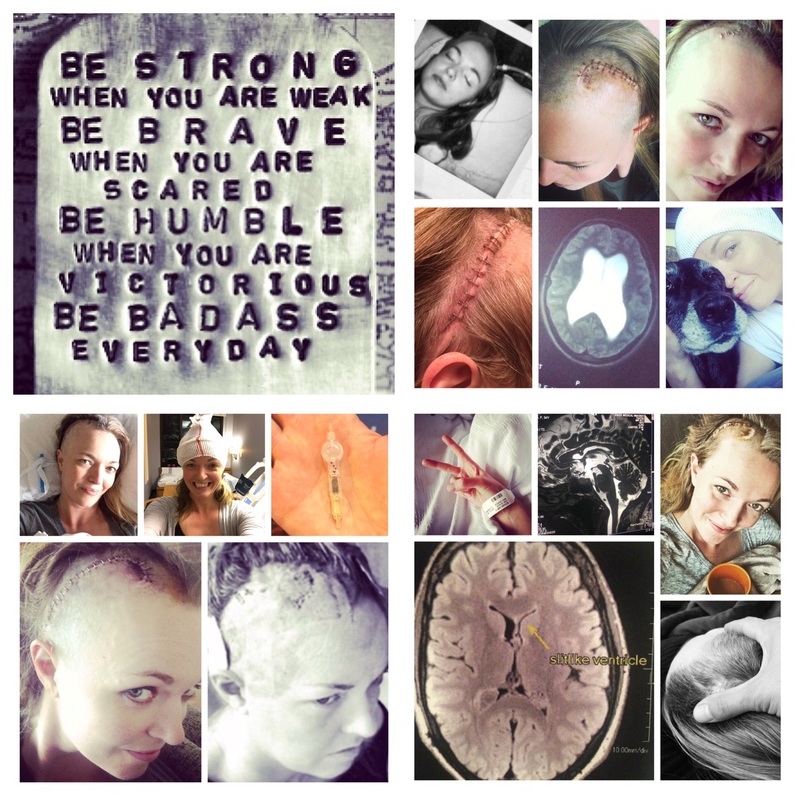 “When are they going to get this thing figured out??” Over the past few weeks since my most recent health challenges, this is the number one question I’ve heard — from family, friends, online supporters, and people who follow my journey with hydrocephalus. And it’s a valid question, since I’ve had nine shunt related surgeries in just over three years. And the answer, in my best no-nonsense, straight up, plain English - is that it’s complicated. I’m not a doctor, or any type of medical professional. I’m simply someone who is doing their best to navigate life with this very frustrating health condition, and I am going to do my best to explain to you why it’s so complicated, and what makes it difficult for me, personally. I believe that this may be the most important blog post I ever publish. Please share this article with anyone you feel could benefit from this information, and share it online to help us raise awareness. Thank you for taking the time to read and understand my story. Hydrocephalus is defined as an abnormal accumulation of cerebral spinal fluid in the cavities of the brain called the ventricles. There are many reasons why an individual can either be born with or develop hydrocephalus. In my case, I have what’s called aquaductal stenosis - which is essentially a structural blockage of the passageway between two of those ventricles. This developed as I grew, for an unknown reason. Due to the blockage, the fluid is not able to properly flow through my brain, so it builds up, causing increased pressure and pain, and decreased function. Cerebral spinal fluid (CSF) is continuously produced in the brain, is circulated throughout the brain and spinal column, and is continuously absorbed by the body. To most people, it seems like this whole situation should have an easy fix - because it’s just like plumbing, right?? Water in, water out? Well, not really. I’m going to do my best to explain. Again, this is all simply based on my understanding, the way it has been explained to me, and the research that we have done over the years. They have to divert the fluid, since it can not flow properly, and the brain can’t simply absorb it. This is where the options for treatment come in, and they are both surgical. The most common solution is the shunt. A shunt is a system that includes a valve and a catheter, to divert the built-up CSF from the brain to another part of the body, where it can be reabsorbed. In my case, it’s diverted to the peritoneal cavity (abdomen). While this is a good fix in most cases, 50% of all shunts fail in the first 2 years - primarily from occlusion (clogging) or syphoning. The other surgical option is called an endoscopic third ventriculostomy (ETV). In very basic terms, they go into the brain where the fluid is blocked, and create a hole in the lining of the ventricle to allow the fluid out of the blocked area, into another area of the brain, where they hope that it will be reabsorbed. This is also a very practical solution, but you are relying on the brain to keep up with absorbing that fluid at the same rate that it is making new fluid…. and I have found that it is not commonly understood that ETV’s fail at the same rate as shunts. So, unfortunately, it’s not a permanent fix in many cases (including mine). So here are the common questions that arise: Let’s start with shunts. Why can’t they make a shunt that doesn’t fail? Some patients have good luck with shunts, and they last years, even decades. Then there are people like myself, who only average about 3-6 months between shunt failures. The simple fact is that my body needs the shunt, but hates it. As soon as it’s placed in my brain, my body starts to try to get rid of it, to heal it out. Tissue from the CSF coats the valve(s) and the catheters, which are small, and it doesn’t take very long before it stops working. Why can’t they make a more sophisticated shunt that has a self-flushing feature, that could prevent all these issues from happening? From my understanding, there is a general lack of awareness for hydrocephalus as a condition, which leads to a lack of federal dollars being earmarked for research, which then leads to medical equipment companies choosing not to prioritize new solutions. So, for lack of a nicer way of saying this….. there’s no money in shunts. In recent years, I believe that we are making strides in this area - President Obama recently appointed federal dollars for hydrocephalus research for the first time ever. We are hopeful that with more education and awareness, better solutions will arise. If the problem is caused by a blockage, why can’t they just go in and clean out the blockage? This does seem like an obvious solution, but the answer is simply that the risk-reward ratio is too high. The aqueduct where the blockage occurs is so tiny, you can’t just go in and roto-rooter it out. The risk of hemorrhage or other serious complications make this impossible. Why isn’t the ETV a permanent solution? The ETV is a really great option for those of us who are candidates for it - the best part about it is that you don’t have that foreign object in your brain (the shunt) that your body just wants to get rid of. If the ETV works for a patient, it can relieve the pressure, and for some patients, it can be a permanent or long term fix. However, in a lot of patients, either right away or eventually, the brain is unable to continue to absorb the extra CSF at a rate that keeps the pressure at a stable, lower level. In my case, it was 11 years. Can’t they give you a medication to slow the production of the CSF? Yes, they can. There are side effects involved, but it is an option that works for some. It has not been a successful solution in my case. Shouldn’t you get a second opinion from another neurosurgeon? This is one of the most common questions I get, and I try not to get frustrated by it… because it usually comes from people who are close to me, and just simply hate to see me going through the continued surgeries and the constant trauma. Here’s the hard truth - all neurosurgeons, all over the world, basically have the same options for treating hydrocephalus. What I believe, and what I have chosen to do, is to put together a team of medical professionals based on my ability to communicate with them, and my belief that they are open to my input in terms of my care. If you read my website and my blog, you’ll understand that we are choosing to be as proactive and progressive as possible. Every one of my providers and therapists strongly believe the best way for me to cope with the devastating aspects of the surgeries is to make sure that my overall physical and mental health are as good as possible. I have found my current neurosurgeon to be an excellent fit for me, personally - and would encourage all hydrocephalus patients to approach their care similarly. In closing: Here’s the other thing I’d love for everyone to understand in terms of living with hydrocephalus, and this goes along with the “it’s complicated” statement that I started with. The symptoms of shunt failure are often different in every single patient, and often are different in every single episode even in the same patient. Sometimes the failures bring extreme and obvious symptoms, and you are rushed into emergency surgery. But other times, the malfunction happens slowly over time, and it takes lots of testing, patience, and perseverance to figure out that your current solution has stopped working. There are no tests that are absolutely fool-proof when it comes to diagnosing a shunt or ETV failure. Imaging (MRI or CT) often doesn’t give enough information to tell the whole story. Intercranial pressure can be tested in a number of ways, but also does not always tell the whole story. And in the end - pressure doesn’t always cause the pain. Extra fluid causes the pressure, but the pressure in your brain is ever changing throughout every minute of every day… and it is very difficult to pin down an issue. So you get some idea of how difficult this is for the doctors involved. It’s the epitome of the term “moving target”. It’s almost maddening at times. In my experience, diligently tracking my daily functionality, noting any changes, and having a neurosurgeon who is very familiar with how I function when I am doing well vs. when my shunt is malfunctioning, have been the most important factors in diagnosing and quickly resolving my shunt failures. I rely on all members of my team to note when they feel that there has been a change in my function. This includes my neurosurgeon, my personal trainer, and my rehabilitation therapist. Even my family, close friends and coworkers will mention to me when they feel I might be slightly “off”. It’s so important to understand and track your baseline function, so that you can identify when you are truly having an issue, vs. just having a bad headache day. I hope that this blog post will help you to better understand the answers to these questions, coming from someone who is living this every day. One of the main reasons I launched this website was to share with the world the real-life experiences and information that I've obtained over the years, and I hope that over time, the sharing of this information may bring hope, comfort, motivation, and closure to others who are battling hydrocephalus themselves, or supporting someone who is fighting this condition. Never give up the relentless pursuit of better solutions, my friends. Best, Am When the rain is blowing in your face, And the whole world is on your case, I could offer you a warm embrace To make you feel my love. When the evening shadows and the stars appear, And there is no one there to dry your tears, I could hold you for a million years To make you feel my love. (Bob Dylan) This holiday season has been a blur, for obvious reasons. I've been embattled with incredible challenge, but showered with relentless support. And I just want you all to know, I can feel your love. I've received phone calls, voicemails, emails, texts, and social media messages from loved ones and fellow hydro warriors from all over the world. I feel your love. I've been held in long embrace by dear friends I haven't seen in days, months, and years. I feel your love. I've been brought to tears by music sent to me by a best friend. I feel your love. I've smiled and laughed via FaceTime with my three absolutely gorgeous nieces. I feel your love. I've traveled through the beautiful snowy mountains with my amazing husband, to have the staples from my incision and start our next chapter. United, we stand in battle together. I feel your love. Always tell the important people in your life that you love them. Here's to the relentless pursuit of love and life. Happy New Year. Much Love, Am |
AuthorMy name is Amy but friends and family call me Am. I am a lover of dogs, good whiskey, and strength training. I'm a brain surgery survivor (x31), a fiddle player, a construction designer, and a boxing enthusiast. I have six real siblings, and five fake brothers. I love deeply, and consider my close friends to be family. Archives
February 2022
Categories
All
|

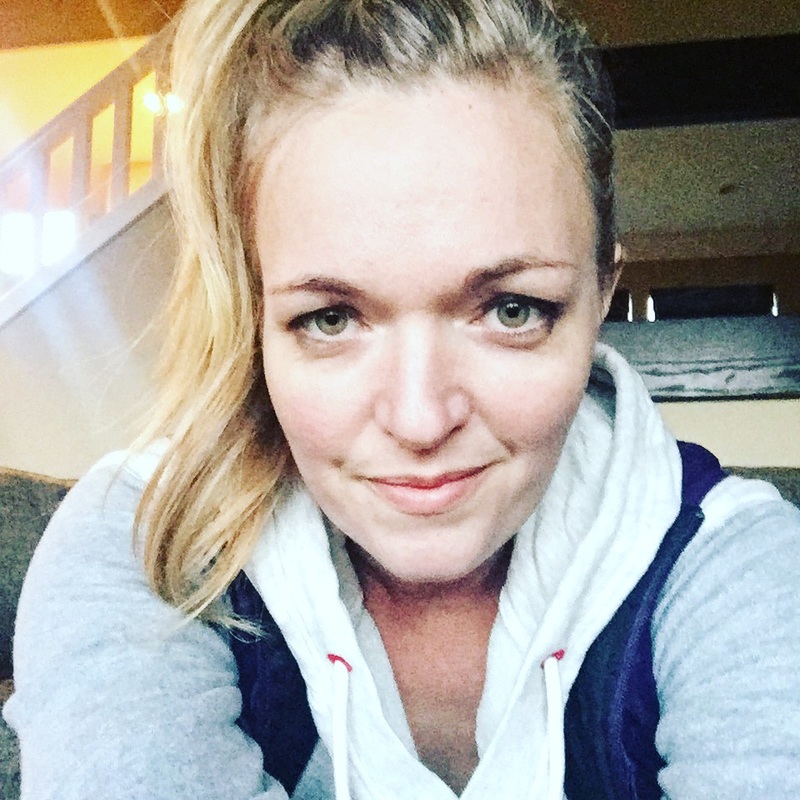


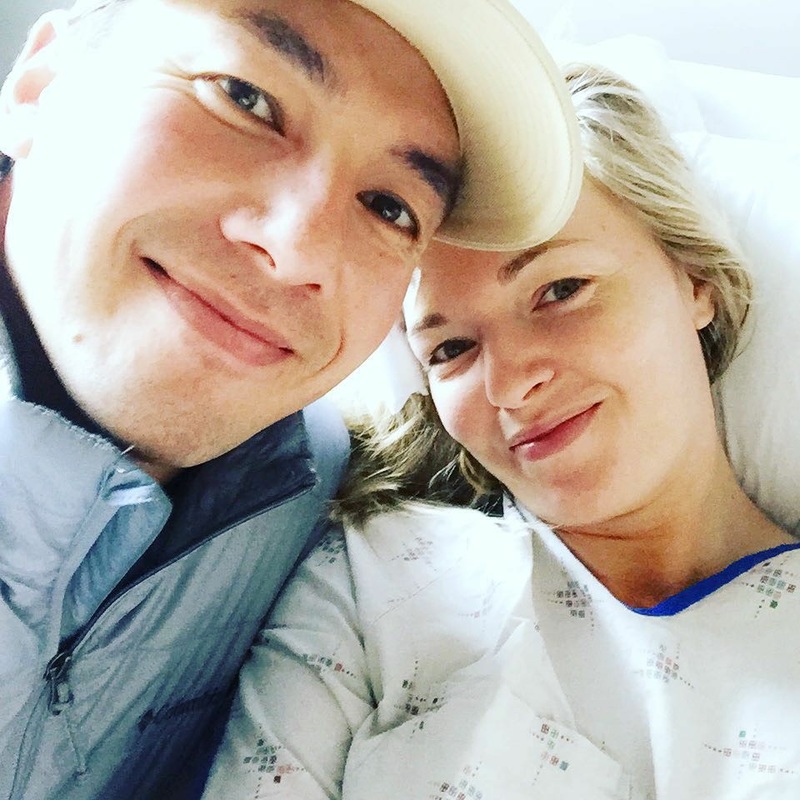
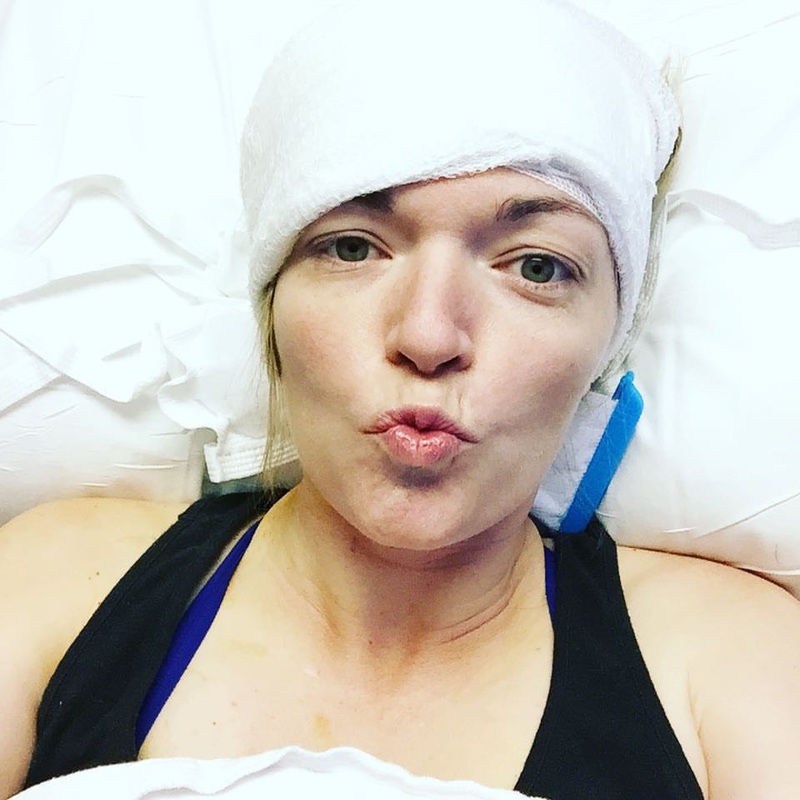
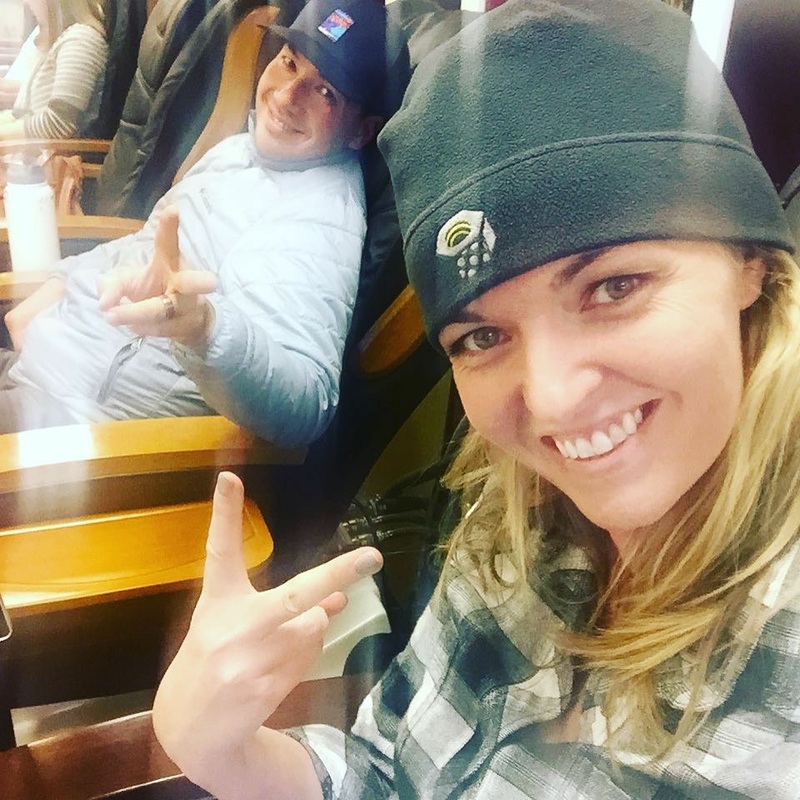
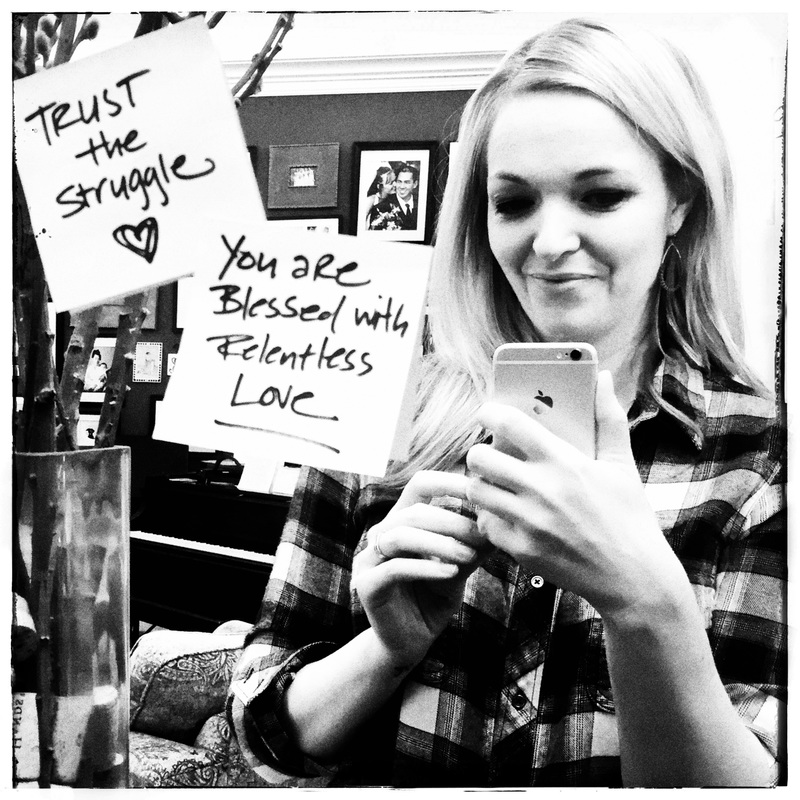

 RSS Feed
RSS Feed